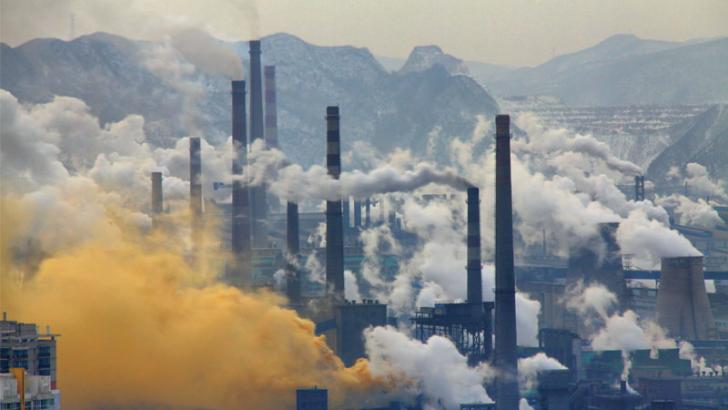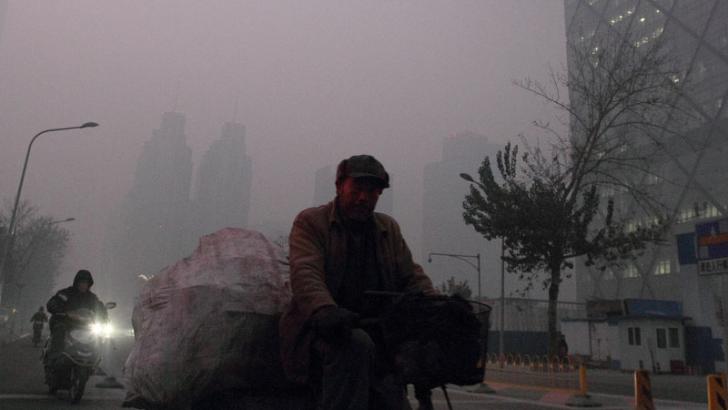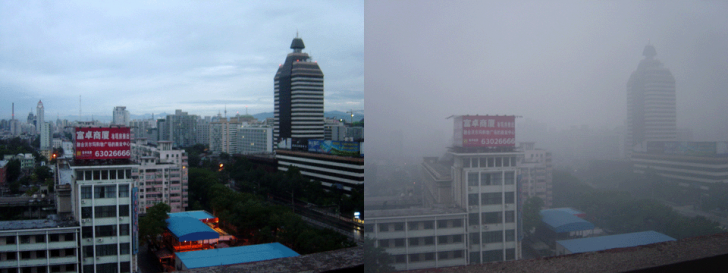Air pollution refers to the introduction of substances into the atmosphere that inflict harm on the health of living things and degrade the quality of the environment. Exhaust from automobiles, emissions from industries, suspended particles and gases are among the unwanted substances that are deteriorating the quality of air around us.
Air pollutants are those harmful substances that are introduced to the air from various sources. They can be divided into two types; primary and secondary pollutants. Primary pollutants are those which mix with the air directly and secondary pollutants are those which are formed by the reaction between two or more primary pollutants.
There are mainly six hazardous air pollutants that are widely known as criteria pollutants. They are
- Carbon monoxide
- Lead
- Harmful ozone
- Sulfur dioxide
- Particulate matter
- Nitrogen dioxide

Outdoor air pollution has become one of the greatest environmental concerns in the world. Photochemical smog and particle pollution is widespread in every urban city on the earth. The quality of air should be considered not only outdoors but also indoors. In fact, the indoor air, inside our living structures is assumed to be even more polluted than the air outdoors.
[Related Reading: Types of Air Pollution]
Air pollution is caused almost entirely because of human activities such as burning of fossil fuels, automobile exhaust, emissions from factories and industries, agriculture etc. But a small portion of air pollution is also caused naturally.

Air pollution has become a pressing environmental concern all over the world. It has adverse effects on our health, biodiversity and ecosystems found in the environment.
Particulate matters suspended in the air around us enter our airways and causes respiratory problems like difficulty in breathing. Particulate matters of certain sizes can also hinder the survival of vegetation.
Inhaling harmful gases such as sulfur dioxide, carbon monoxide, ozone, and nitrogen dioxide leads to aggravated symptoms of asthma, emphysema and heart diseases. These gases also contribute to acid rain and the formation of ground level ozone, both of which have negative effects on living things. (Read more: Effects of air pollution)

Every urban city in the world has been dealing with its share of air pollution. Among these cities, Delhi, the capital of India, has been reported to be the most polluted city on earth. According to WHO, Delhi surpassed Beijing to claim the title in 2014.
There are several other appalling facts about air pollution that many people are unaware about. Read about them: Facts about air pollution